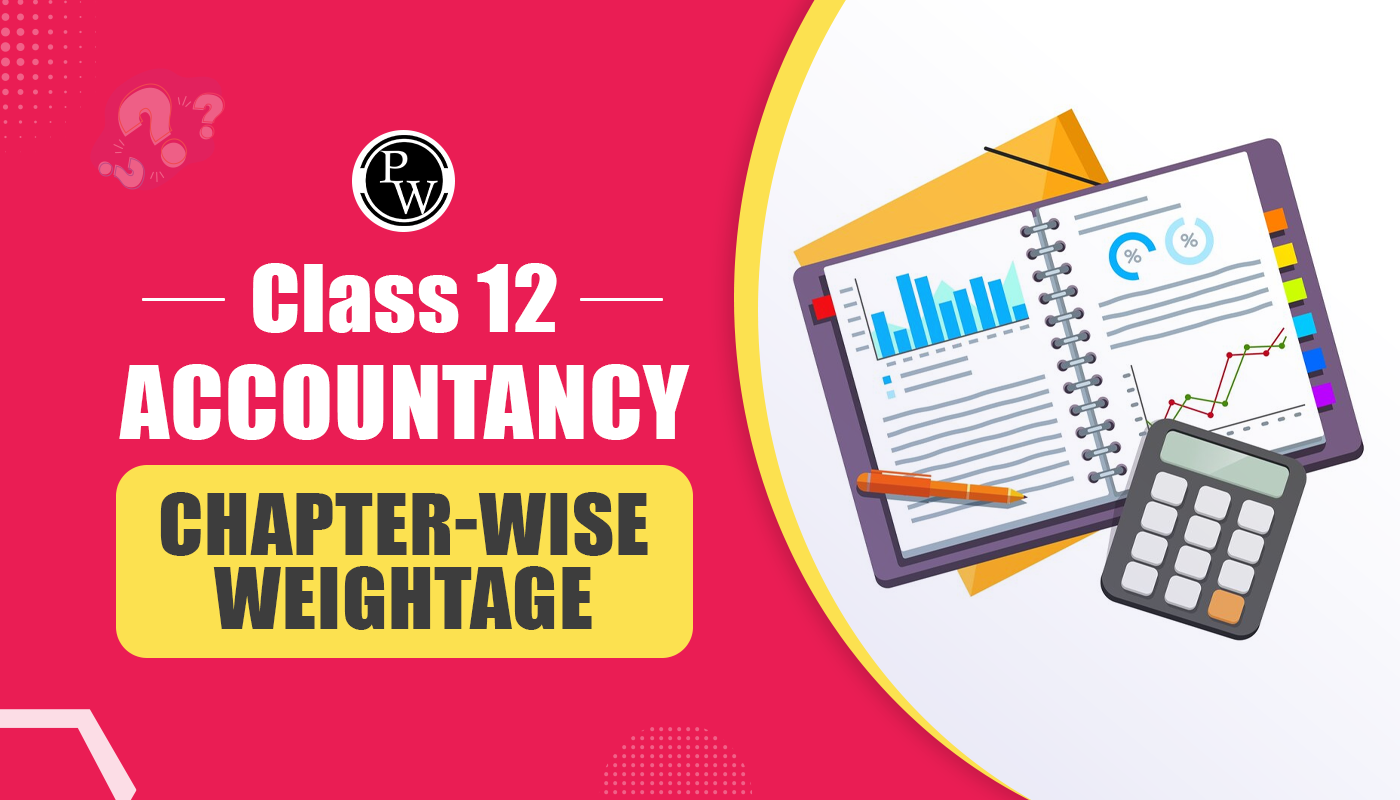
The capital investment process is an important aspect of strategic planning for businesses seeking to expand, modernise, or enhance their operations. It involves evaluating, selecting, and deploying financial resources to acquire assets or undertake projects that can generate long-term returns and drive organisational growth. From identifying investment opportunities to assessing risks and securing funding, the capital investment process encompasses various stages to maximise returns while minimising uncertainties.
This article explores the intricacies of the capital investment process, highlighting its key components, methodologies, and best practices for effective decision-making in today's dynamic business environment.What is Capital Investment?
Capital investments are vital in acquiring or enhancing physical assets like real estate, industrial infrastructure, or machinery. They serve as a cornerstone for companies aiming to expand or enhance their long-term operational efficiency. Funding for such investments can originate from various channels, from conventional bank loans to venture capital arrangements. The importance of capital investment transcends mere asset acquisition. It forms an integral component of a company's growth and development agenda and frequently shapes the trajectory of a firm's long-term prosperity and viability.Types of Capital Investments
Companies frequently acquire capital investments to facilitate diversification, modernisation, or expansion of their business operations. This could involve procuring assets that complement existing business facets or enhance operational efficiency. Below are various types of capital investments commonly undertaken by companies:- Land : Enterprises may acquire undeveloped land to utilize it for future development or expansion projects.
- Buildings : Acquisition of pre-existing structures for purposes such as manufacturing, warehousing, production facilities, or corporate headquarters is another common form of capital investment.
- Assets Under Development : Companies may incur expenses over a period to accumulate assets that are eventually capitalised. For instance, constructing a new building involves a series of capital investment expenditures.
- Furniture and Fixtures : While furniture and fixtures may have a more temporary nature, certain accounting principles often overlap between furniture, fixtures, and equipment (FFE) and capital investments.
- Machinery : Investments in machinery and equipment entail acquiring the necessary tools and machinery for production or service delivery. The objective typically revolves around enhancing efficiency, augmenting production capacity, or elevating the quality of goods or services rendered. Procuring new or upgraded machinery can substantially enhance operational efficiency and productivity.
- Software Development or Computing Devices : With the increasing reliance on technology, companies frequently invest capital in developing software or acquiring computing devices. These costs are often eligible for capitalisation and amortisation over time.
Capital Investment Process Formula
The capital investment formula offers a straightforward method for assessing the profitability of an investment prospect. It gauges the return on investment (ROI) by juxtaposing the initial investment against the net cash inflows or savings produced by the investment within a defined timeframe. The formula is represented as follows:Capital Investment Profitability (CIP) = (Earnings – Costs) / Costs
Here:- CIP denotes the capital investment profitability.
- Earnings symbolise the net cash inflows or savings generated by the investment.
- Costs represent the initial investment or the total project cost
Factors Influencing Capital Investment
Economic Conditions: Interest rates, inflation, economic growth, and currency exchange rates can significantly influence investment outcomes. Elevated interest rates can amplify borrowing costs, rendering debt financing more costly, while inflation can diminish future cash flows' value. Industry Trends : Industry trends serve as indicators of sector movements, shedding light on potential opportunities and risks. These trends encompass technological advancements, shifts in consumer preferences, regulatory changes, and the emergence of new markets. Regulatory Environment : The regulatory landscape determines an investment's feasibility, cost, and prospective returns. This encompasses a spectrum of laws and regulations spanning taxation, environmental protection, labour, and industry-specific regulations. A conducive regulatory environment can stimulate investment by fostering stability and mitigating uncertainty. Conversely, stringent or unpredictable regulations can deter investment by elevating costs and risks.| Also Read | |
| Business Ethics in Commerce | Customer Relationship Management (CRM) |
| Consumer Behavior and Marketing | Consumer Behavior Analysis |
Disadvantage of Capital Investments
Capital investments offer numerous advantages for businesses to bolster their long-term growth and competitiveness. Here are some key benefits:- Enhanced Productivity : Capital investments, typically aimed at boosting productivity, involve acquiring new equipment or technology. This allows companies to streamline processes, lower costs, and increase output, improving overall efficiency.
- Cost Savings : Over time, capital investments can lead to cost savings. For instance, investing in energy-efficient equipment or adopting new technology can reduce utility bills and minimise the need for manual labour, resulting in long-term financial benefits.
- Improved Quality : Investments in capital assets often translate to improved quality of goods produced. Upgrading equipment or implementing advanced technology can enhance production processes, leading to higher-quality outputs and increased customer satisfaction.
- Competitive Advantage : By investing in long-term assets, companies can gain a competitive edge in the market. This strategic positioning makes it challenging for competitors to catch up and allows the company to maintain its market position over time. Moreover, substantial investments can create barriers to entry that competitors need help to overcome or replicate.
- Favourable Long-Term Returns : Companies may find that the upfront investment in capital assets yields favourable long-term returns compared to recurring expenses. Assessing the long-term discounted cash flow of capital investment against ongoing cash outlays for recurring expenses can reveal the financial advantages of such investments.
Demerits of Funding Capital Investment Process
While a company's operating cash flow is the preferred funding source for capital investments, more is needed for anticipated costs, necessitating external financing.- Risk Factors : Capital investments often involve inherent risks, especially with customized or illiquid assets, which can pose challenges for exit strategies post-purchase.
- Short-Term Drawbacks : Despite long-term benefits, capital investments can result in short-term setbacks, such as reduced earnings growth, which may displease shareholders.
- Financing Dilemmas : Inadequate capital may force companies to consider alternative financing options, each with drawbacks, such as dilution of existing shares or increased debt burdens.
- Shareholder Concerns : Shareholders closely monitor a company's financing decisions, expressing discontent over share dilution or heightened debt levels, which can impede future growth prospects.
Begin your journey towards academic excellence in Commerce with our comprehensive Class 11 Commerce courses . Master the CBSE syllabus with expert guidance and ace your exams. Enroll now!”
Capital Investments Process FAQs
What are capital investment methods?
How Does a Capital Investment Work?
What types of assets are typically considered for such investments?










